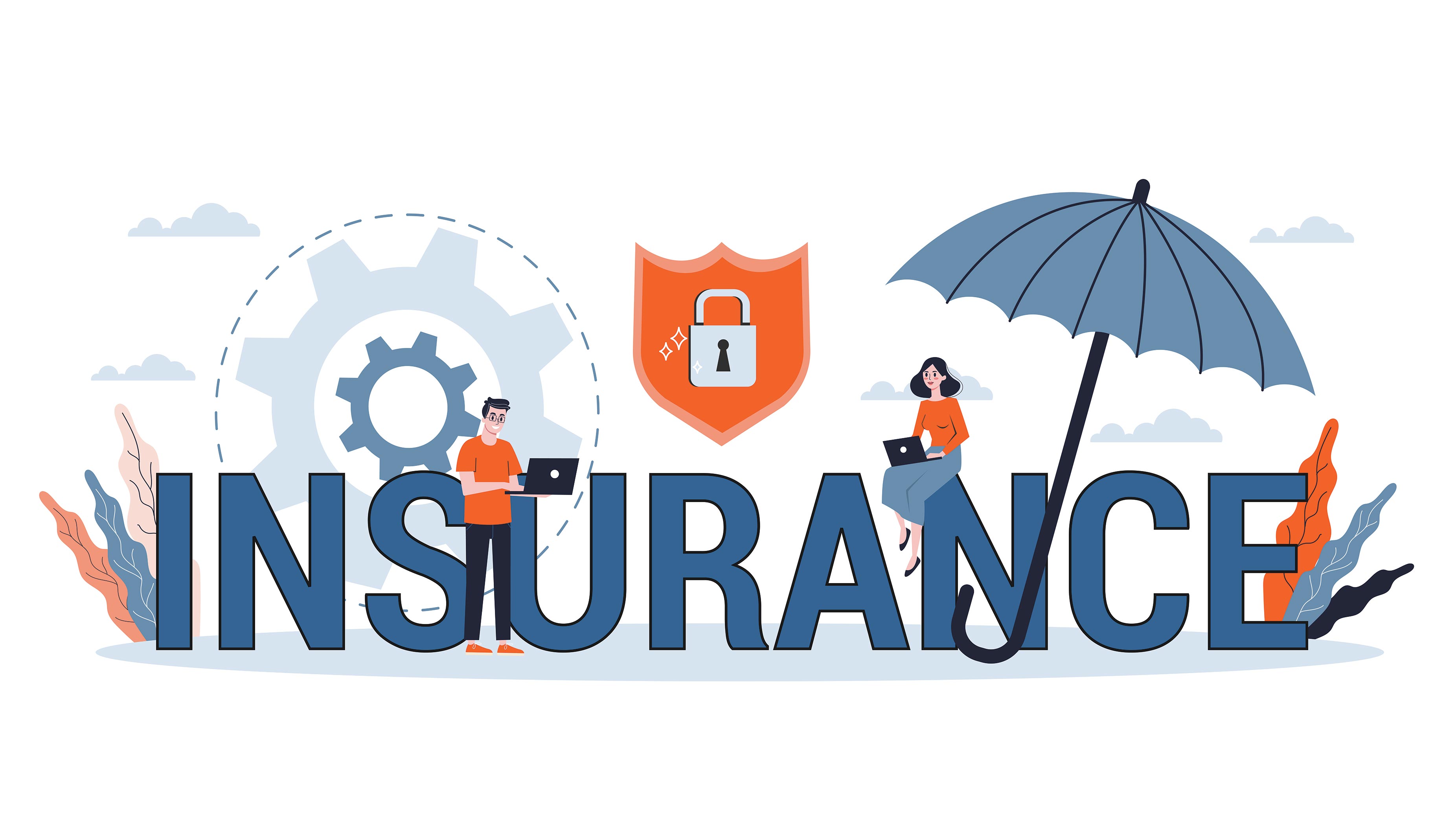Insuring the Future: Technological Disruption in Insurance
In today’s rapidly evolving world, the insurance industry finds itself at the crossroads of tradition and transformation. Technological disruption, characterized by the infusion of cutting-edge innovations, is reshaping the landscape of insurance. This article explores the various facets of this revolution, from the key disruptions affecting the industry to their impact on customer experience, challenges faced, future trends, and the crucial role of regulators.
Definition of Technological Disruption
Technological disruption refers to the profound and often revolutionary changes brought about by the integration of advanced technologies in traditional industries. In the context of insurance, this disruption is driven by the relentless evolution of digital technologies.
Overview of the Insurance Industry
Before delving into the technological disruptions, it’s essential to understand the traditional framework of the insurance sector. Insurance, as a risk management tool, has historically relied on manual processes and human judgment.
The Need for Technological Innovation in Insurance
The complexities of the modern world demand a more agile and responsive insurance industry. From assessing risks to processing claims, embracing technological innovation has become imperative for insurers to stay competitive and relevant.
Artificial Intelligence and Machine Learning
Underwriting Automation
Artificial Intelligence (AI) and Machine Learning (ML) algorithms are revolutionizing the underwriting process. Insurers can now analyze vast amounts of data to assess risks more accurately, leading to more tailored and competitive insurance policies.
Claims Processing Efficiency
The automation of claims processing through AI expedites the settlement process. This not only reduces operational costs for insurers but also enhances customer satisfaction by providing quicker resolutions.
Internet of Things (IoT) in Insurance
Usage-Based Insurance
The IoT enables insurers to gather real-time data through connected devices. This data, when used for personalized risk assessment, gives rise to usage-based insurance, where premiums are determined by actual behavior rather than general demographics.
Risk Prevention through IoT Devices
Insurers are leveraging IoT devices to prevent risks proactively. For example, telematics devices in cars can monitor driving behavior, allowing insurers to reward safe drivers and encourage better habits.
Blockchain Technology in Insurance
Enhanced Security and Transparency
Blockchain’s decentralized and tamper-resistant nature enhances the security and transparency of transactions. In insurance, this ensures the integrity of policy records and reduces fraud.
Smart Contracts Revolutionizing Policy Management
Smart contracts, powered by blockchain, automate and enforce the terms of insurance policies. This not only reduces administrative overhead but also enhances trust between insurers and policyholders.
Impact on Customer Experience
Personalized Policies
Technological disruption allows insurers to move beyond one-size-fits-all policies. AI-driven data analysis enables the creation of personalized policies that cater to the specific needs and behaviors of individual policyholders.
Improved Customer Service
Chatbots and virtual assistants powered by AI contribute to enhanced customer service. These technologies provide instant responses to queries, streamline communication, and offer a more seamless customer experience.
Accessibility and Convenience
Digitalization and online platforms make insurance more accessible to a broader audience. Customers can compare policies, purchase coverage, and manage their accounts with unprecedented ease.
Challenges and Concerns
Data Privacy and Security
As insurers collect and process vast amounts of sensitive data, concerns about data privacy and security become paramount. Striking the right balance between data utilization and protection is a significant challenge.
Ethical Considerations in AI
The ethical implications of using AI in decision-making processes, particularly in underwriting, raise concerns about fairness and bias. Insurers must navigate these ethical considerations to ensure just and equitable practices.
Workforce Displacement
The automation of routine tasks through AI and robotics may lead to workforce displacement. Insurers must address the challenges of reskilling and upskilling employees to adapt to the evolving technological landscape.
Future Trends and Innovations
Integration of Augmented Reality
The integration of Augmented Reality (AR) in insurance holds the potential to enhance customer engagement. From virtual property inspections to interactive policy explanations, AR transforms the way insurers interact with their clients.
Adoption of 5G Technology
The widespread adoption of 5G technology will further accelerate the digital transformation in insurance. Faster and more reliable connectivity will facilitate real-time data exchange and improve the efficiency of various insurance processes.
Quantum Computing in Insurance Analytics
The advent of quantum computing promises unprecedented advancements in data analytics. Insurers leveraging quantum computing can process complex risk models at speeds unimaginable with classical computers, revolutionizing insurance analytics.
The Role of Regulators
Adapting Regulations to Foster Innovation
Regulators play a pivotal role in shaping the landscape for insurers. Adapting regulations to encourage technological innovation while ensuring consumer protection is a delicate balancing act.
Balancing Innovation with Consumer Protection
Regulators must strike a balance between fostering innovation and safeguarding consumers. Implementing frameworks that address ethical concerns, data protection, and fair practices is essential for a sustainable and responsible insurance industry.
The Road Ahead

Continuous Evolution of Technological Integration
The journey of technological disruption in insurance is ongoing. Insurers must stay agile and continuously evolve to embrace emerging technologies, staying ahead of the curve.
Collaboration between Insurers and Tech Companies
Collaboration between traditional insurers and technology companies is becoming increasingly common. Partnerships and alliances can foster innovation and help insurers leverage external expertise.
Reskilling the Insurance Workforce
As technology transforms the industry, reskilling the workforce is paramount. Insurers must invest in training programs to equip employees with the skills needed to thrive in a tech-driven environment.
Conclusion
Recap of Key Points
In conclusion, technological disruption is reshaping the future of insurance. From AI and IoT to blockchain and quantum computing, these innovations are not just trends but essential elements for the industry’s survival and growth.
Emphasizing the Inevitability of Technological Disruption
Insurers that resist or delay embracing technological disruption risk falling behind in a fiercely competitive market. The inevitability of this transformation underscores the need for a proactive and strategic approach.
FAQs :
- Is technological disruption only affecting large insurance companies?
No, technological disruption impacts insurers of all sizes. Small and medium-sized insurers can benefit from agility and innovation to compete effectively.
- How do insurers address concerns about data privacy in the era of technological disruption?
Insurers invest in robust cybersecurity measures, compliance with data protection regulations, and transparent communication to address data privacy concerns.
- Will the integration of AI in insurance lead to job losses?
While automation may impact some routine tasks, the industry’s evolution also creates new roles. Reskilling initiatives help employees adapt to changing job requirements.
- What role do consumers play in driving technological innovation in insurance?
Consumer demand for personalized, convenient, and tech-driven experiences serves as a catalyst for insurers to invest in and adopt technological innovations.
- How can regulators ensure a balance between innovation and consumer protection?
Regulators can achieve this balance by actively engaging with industry stakeholders, staying informed about technological advancements, and regularly updating regulatory frameworks.






